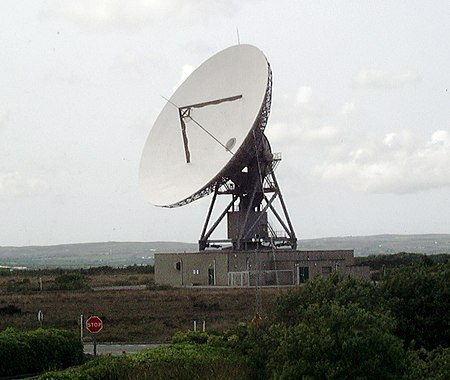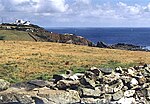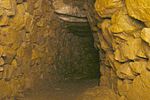Goonhilly Satellite Earth Station
1962 establishments in EnglandBritish Telecom buildings and structuresBuildings and structures in CornwallEarth stations in EnglandIndustrial archaeological sites in Cornwall ... and 4 more
Mass media in CornwallScience and technology in CornwallTransatlantic telecommunicationsUse British English from January 2014

Goonhilly Satellite Earth Station is a large radiocommunication site located on Goonhilly Downs near Helston on the Lizard peninsula in Cornwall, England. Owned by Goonhilly Earth Station Ltd under a 999-year lease from BT Group plc, it was at one time the largest satellite earth station in the world, with more than 30 communication antennas and dishes in use. The site also links into undersea cable lines.
Excerpt from the Wikipedia article Goonhilly Satellite Earth Station (License: CC BY-SA 3.0, Authors, Images).Goonhilly Satellite Earth Station
B3293,
Geographical coordinates (GPS) Address Nearby Places Show on map
Geographical coordinates (GPS)
| Latitude | Longitude |
|---|---|
| N 50.048055555556 ° | E -5.1819444444444 ° |
Address
Goonhilly Satellite Earth Station
B3293
TR12 6RJ , Mawgan-in-Meneage
England, United Kingdom
Open on Google Maps










